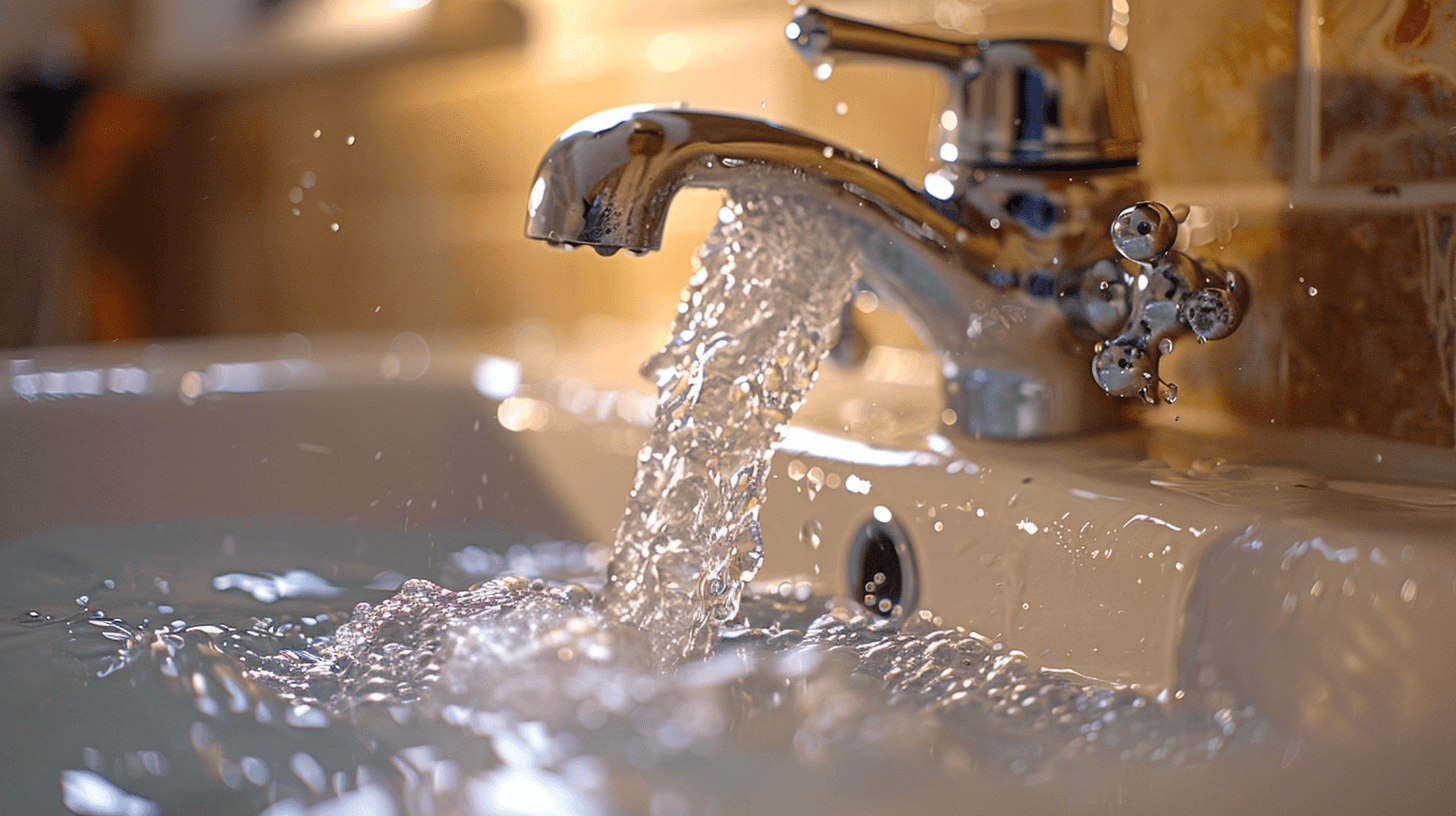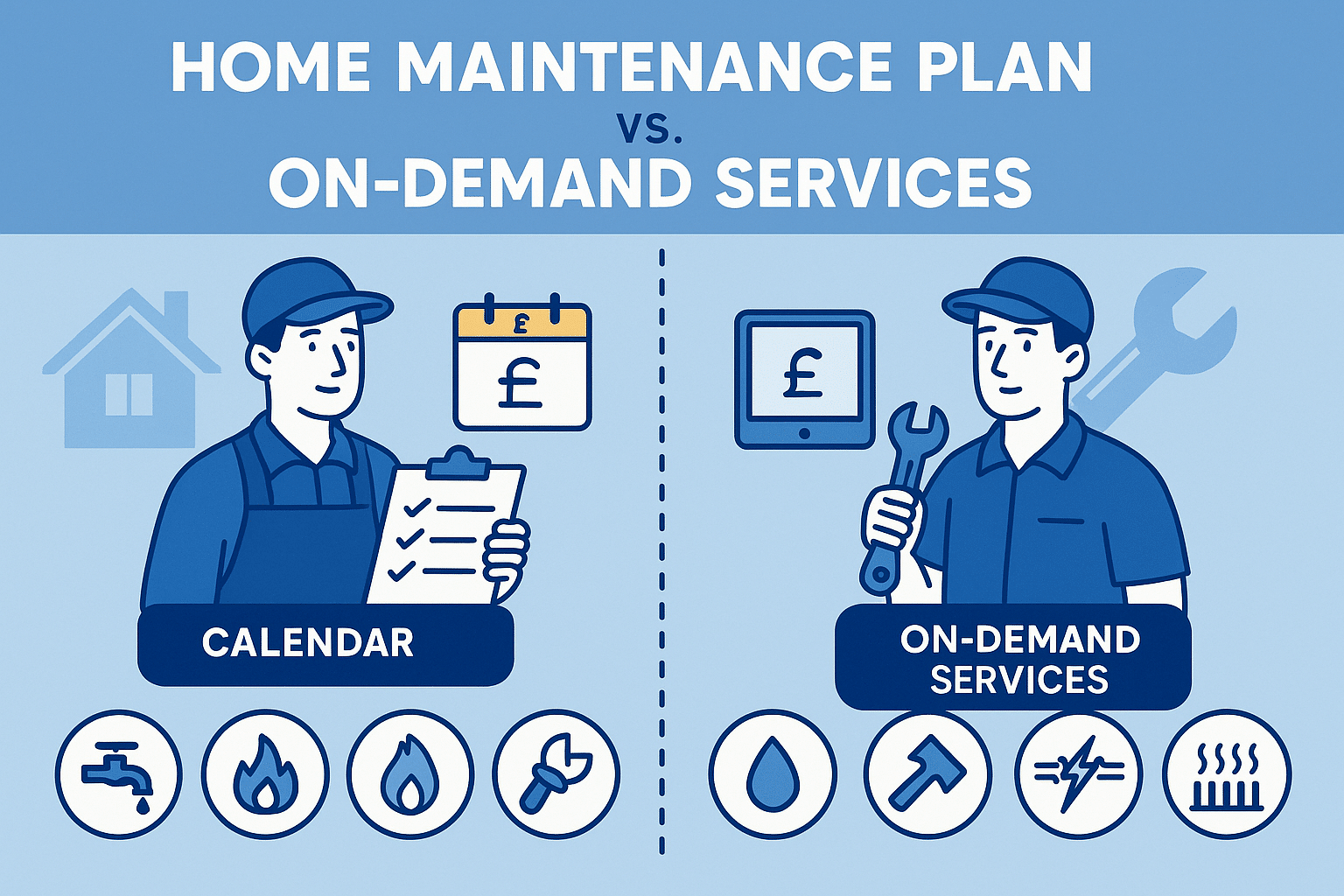 Conquering the Dripping Tap: A Guide to Causes and Solutions
Conquering the Dripping Tap: A Guide to Causes and Solutions

That incessant drip, drip, dripping coming from your bathroom or kitchen? It’s not just water going down the drain; it’s money too. A dripping tap is a common household nuisance that many of us face. But don’t let this seemingly minor issue escalate into a costly plumbing nightmare.
Table of Contents:
Common Reasons for a Dripping Tap
A dripping tap often signals a problem with your tap’s internal workings. The culprit could be as simple as a worn-out tap washer, a small but crucial component that creates a seal to prevent leaks.
These washers are constantly under pressure. Over time, they can become brittle or deteriorate, leading to those annoying drips. Another common cause is a faulty O-ring, a small rubber ring that seals gaps between different parts of your tap.
Similar to washers, O-rings can also wear down with time, heat, and exposure to minerals in water. In some cases, a dripping tap can be due to mineral buildup within the tap, particularly if you live in an area with hard water.
This build-up can interfere with the valve’s ability to seal tightly, causing drips. If your tap is much older or hasn’t been used for an extended period, corrosion or damage to internal parts like the tap seat can also be the source of your dripping woes.
Addressing the Dreaded Drip
So, what can you do about that annoying dripping tap? Tackling it head-on not only saves water but also saves you money on your water bill in the long run. Before attempting any DIY fixes, locate your main water shut-off valve and turn off the water supply to the tap you’ll be working on.
This stop valve is usually situated under the kitchen sink or in a utility area. Now, let’s explore some solutions:
The DIY Approach to a Dripping Tap
For the DIY enthusiasts, replacing a tap washer or O-ring can often be done with basic tools found around the house: an adjustable wrench, a screwdriver, and perhaps some plumber’s tape. Before dismantling your tap, make sure to lay down an old towel to protect your sink or countertop from scratches. Also, take a quick picture with your phone of the tap’s assembly before you begin disassembling it.
trust me; this photo will come in handy when it’s time to put everything back together. Carefully remove the tap handle and identify the washer – usually located behind a small screw within the valve.
With a new washer in hand (ensuring it’s the right size), simply reassemble the tap, and voila. While this approach can be fulfilling, it’s crucial to understand the complexity of your tap’s mechanism.
If you’re unsure about tackling plumbing repairs, it’s best to call a trusted, experienced plumber, particularly for more complicated tap systems, such as mixer taps, single lever taps, or a modern monobloc mixer. A good plumber can assess the problem efficiently and either repair it or guide you on the best course of action.
Embracing the Power of Prevention
Prevention, as they say, is the best cure. Taking a few preventive measures can go a long way in extending the life of your taps and minimizing those dreaded drips. One key practice is ensuring you’re not over-tightening your tap when turning off the water flow.
Applying excessive force puts unnecessary strain on the internal parts, leading to premature wear and tear. Using a quality descaler on a regular basis can also work wonders. Additionally, be mindful of the water pressure in your home.
High water pressure, while offering a satisfyingly powerful flow, can actually put undue stress on your plumbing system, especially the small grub screw in some valves. Consider installing a pressure regulator to maintain a balanced water pressure that’s easy on your taps. These steps may seem minor, but their impact can be substantial, saving you potential plumbing headaches down the line.
Conclusion
A dripping tap is a universal language of plumbing distress. It is something that has likely tormented homeowners across the UK at some stage. However, understanding the common culprits, exploring DIY fixes for a dripping tap (when feasible), and adopting preventive measures are great first steps towards reclaiming a peaceful and drip-free home.


